Julius Klingebiel (1904 - 1965)
Extant
Göttingen, Lower Saxony, 37081, Germany
Original painting located in Cell (Zelle) 117 in the hospital in Göttingen, Germany. Not open to the public.
About the Artist/Site
Born in Hannover to a postal worker and his wife, after completing his elementary education Julius Klingebiel took a job as a mechanic with the German army. He also chose to become a member of the Sturmabteilung (S.A.), the paramilitary organization of the National Socialist (Nazi) party.
In 1939, in a serious fit of anger, Klingebiel attacked his stepson and threatened his wife.[i] He was arrested by the police and transferred to psychiatric custody, where he was formally diagnosed as a paranoid schizophrenic. In 1940 he was moved to a hospital in Göttingen, where he was examined and treated by various departments.
In accordance with National Socialist policy he was forcibly sterilized, but he escaped the Nazi euthanasia program, in all probability thanks to the then director of the hospital. After World War II, although the reassessment of his case was required by law, for unknown reasons this was not done, so he was forcibly re-hospitalized without any chance to have his condition re-evaluated.
In 1951 Klingebiel was transferred to cell #117 in the hospital's closed ward, a building with all the characteristics of a prison. Anecdotal evidence holds that one day shortly afterward, when outside on the institution’s grounds, he found a small piece of coal that he used to make a drawing on a wall. This inspired him to decorate the walls of his room with small designs, using a substance he concocted from toothpaste, coal, wood, and stone.
When the nursing staff noticed that this creative activity made him calmer, they were able to provide him with real paint and a brush; with these better tools, Klingebiel began making larger paintings. He depicted animals, military people and decorations, ships, and heraldic motives, all interlaced together with themes that often referred both to National Socialism and to Roman Catholicism.
No part of the walls remained unornamented, and, if needed, Klingebiel would paint over existing work. In this way his room became an art environment, or Raumkunstwerk. In later years he also made paintings on paper. Currently some thirteen works are known to have been preserved.
In 1961 Klingebiel was administered a newly available drug. His psychic condition improved and he stopped making paintings and decorating his room. In 1963 he was transferred to another department within the hospital, where he died on May 26, 1965.
After Klingebiel was transferred to another department, the hospital kept the decorated cell room as it had been when he was in residence. It was used as a storage room, but the workers knew to take care that the curtains remained closed to protect the artwork from daylight. Just a small group of people knew about its existence. Opening the site to visitors from outside was not possible in this closed ward.
For decades, there was no publicity or discussion about Klingebiel's artwork; this changed in 2010 when a social-psychiatric research group in Göttingen began a research project that resulted in a book published in 2013. [ii] Subsequently, several expositions were organized: Göttingen (2013), Berlin (2014), and at the Gugging Museum (2015), this latter of which made use of a lifesize walk-in reproduction of the room (the photographs illustrating this entry were taken in this setting). In 2012 Klingebiel’s room in the ward was registered as a cultural monument, which implies that it has protected status under the law. And, in early 2015 it was announced that the hospital will terminate the use of the closed ward, which formally is owned by the government of the federal state of Niedersachsen.
A museum in Hannover has proclaimed its interest in adding Klingebiel's artwork to its collection, but this would mean removing it from its original and current location. However, in general the government of Niedersachsen and the local authorities of Göttingen believe the art environment should remain in-situ so that it can retain its relationship to Göttingen.
~Henk van Es
[i] Wikiwand Germany https://www.wikiwand.com/de/Julius_Klingebiel
[ii] Andreas Spengler, Manfred Koller, Dirk Hesse (eds), Die Klingebiel-Zelle. Leben und künstlerisches Schaffen eines Psychiatriepatienten (Klingenbiel's Cell. Life and artistic works of a psychiatric patient). Göttingen: Verlag Vandenhoeck & Ruprecht, 2013.
Map & Site Information
Göttingen, Lower Saxony, 37081
de
Latitude/Longitude: 51.54128 / 9.915804
Nearby Environments


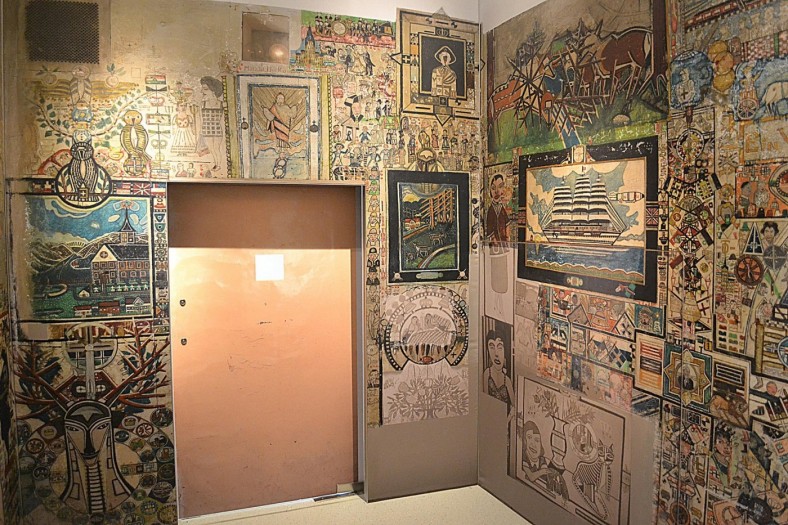
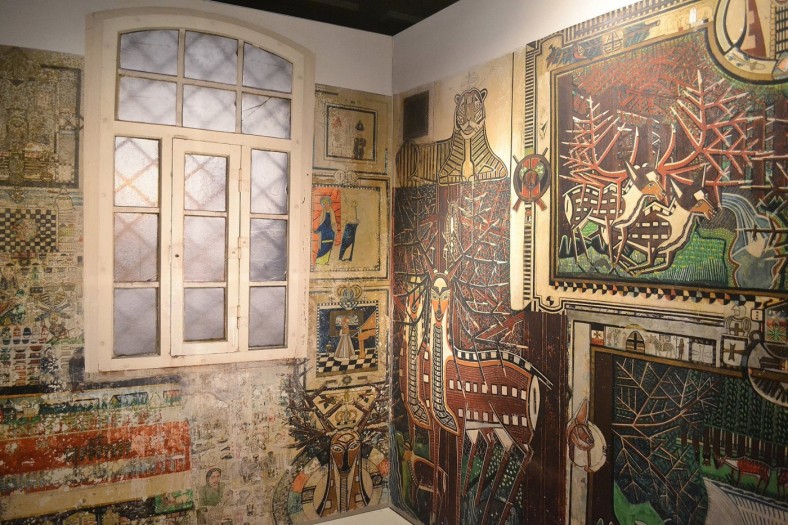
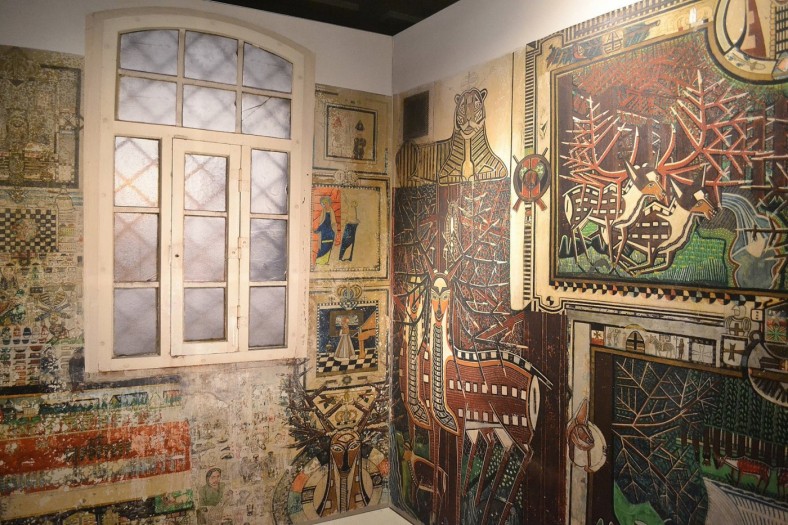
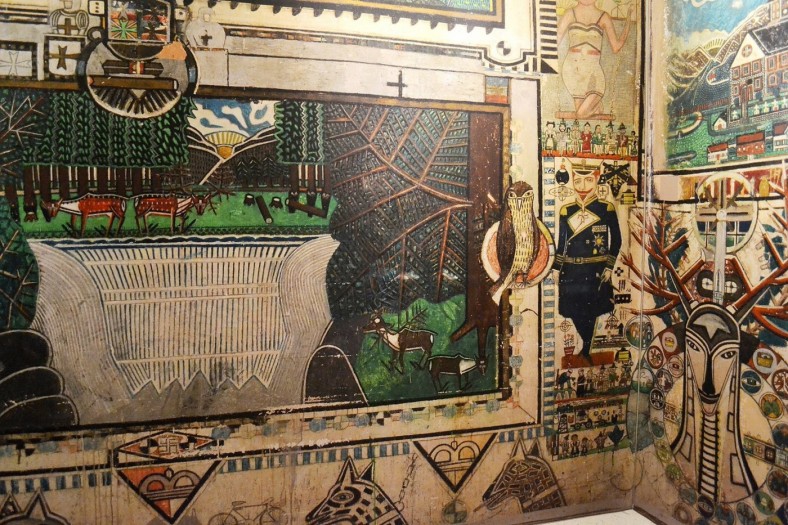
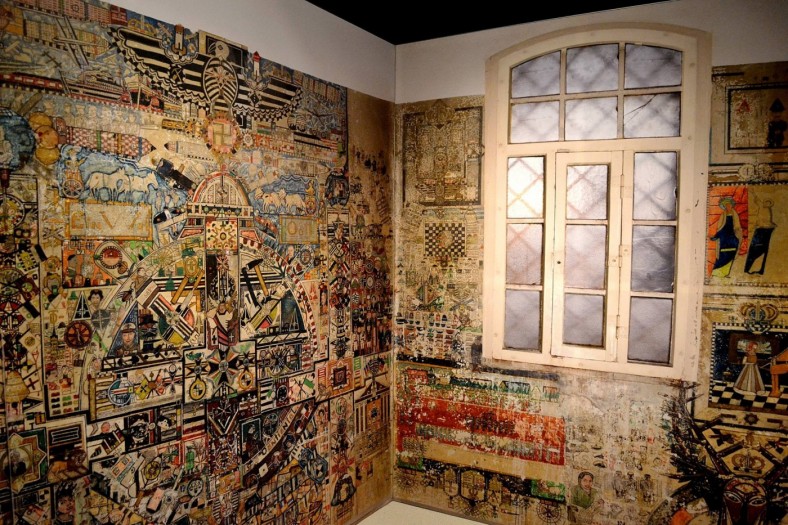
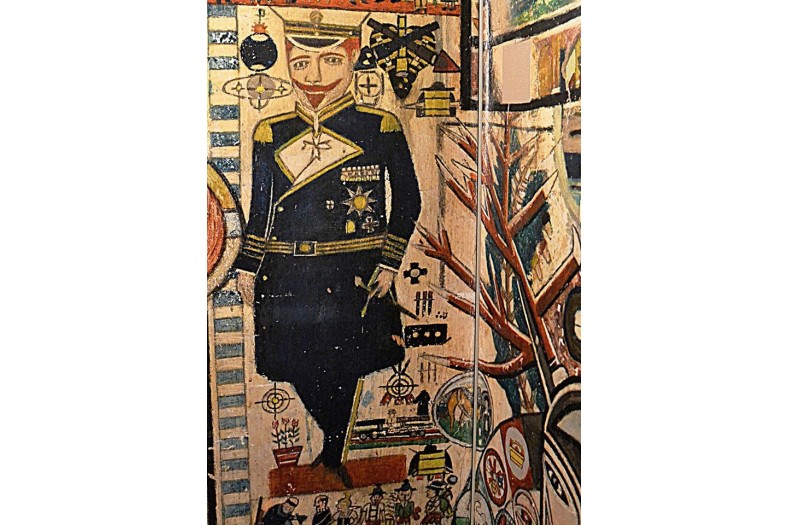
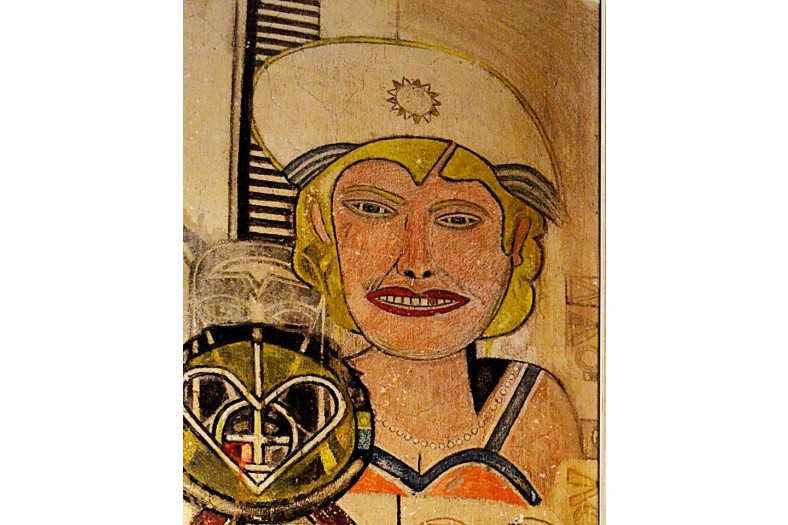
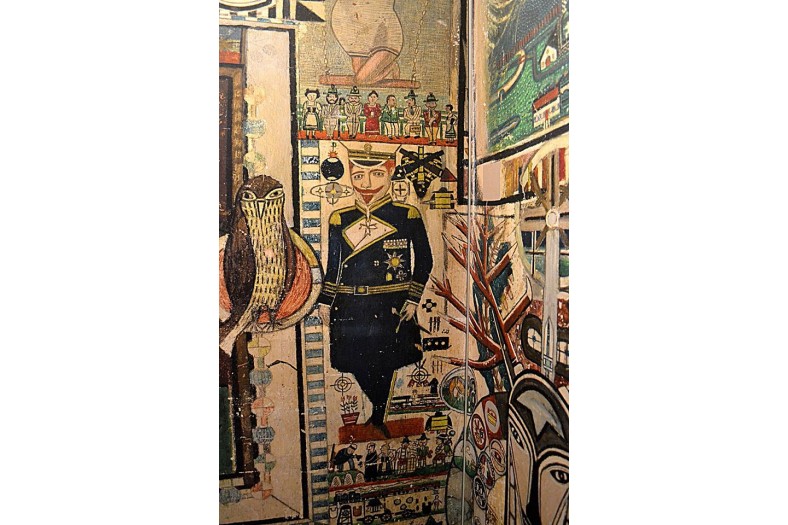
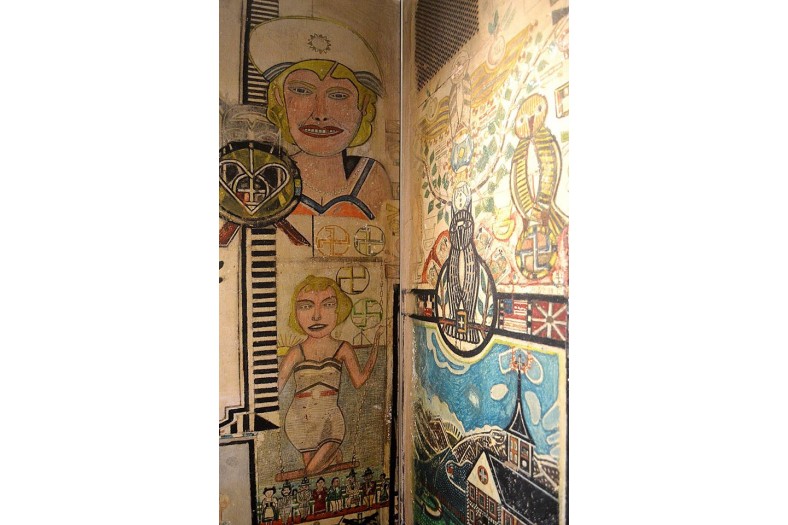
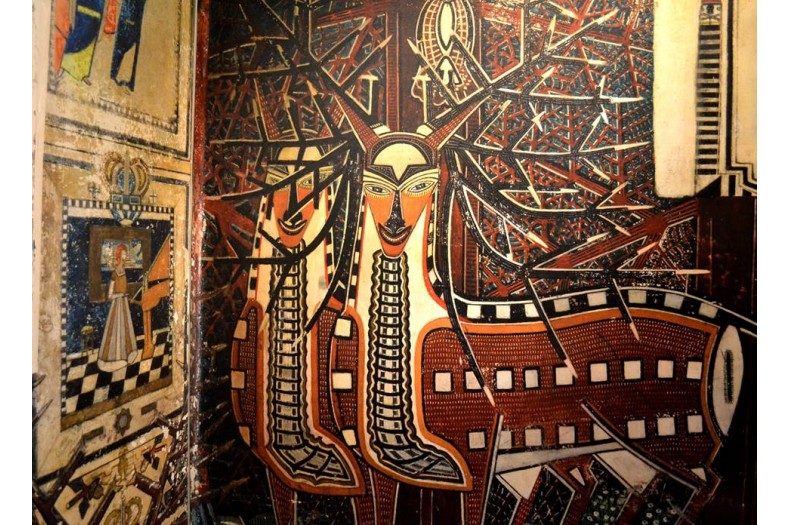
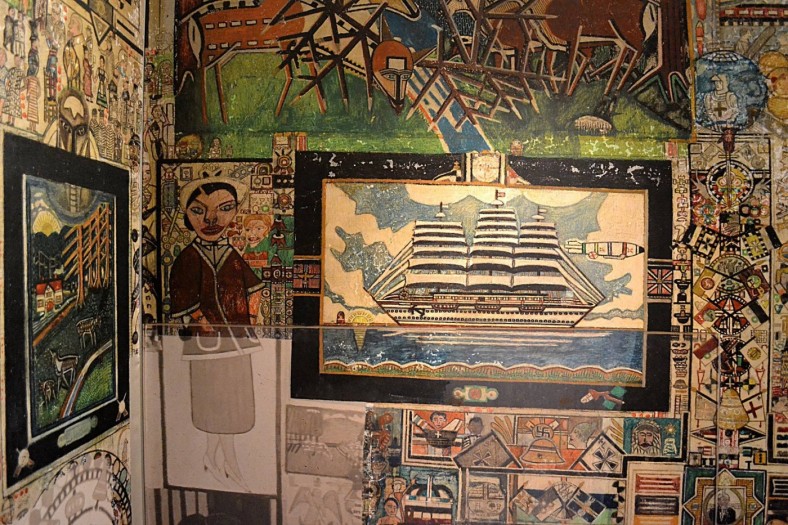
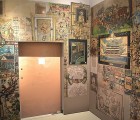
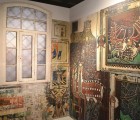
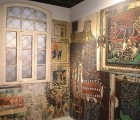
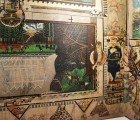
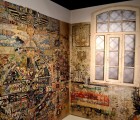
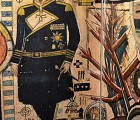
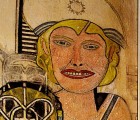
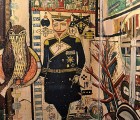
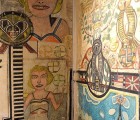
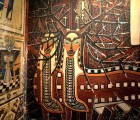
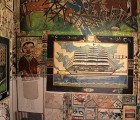
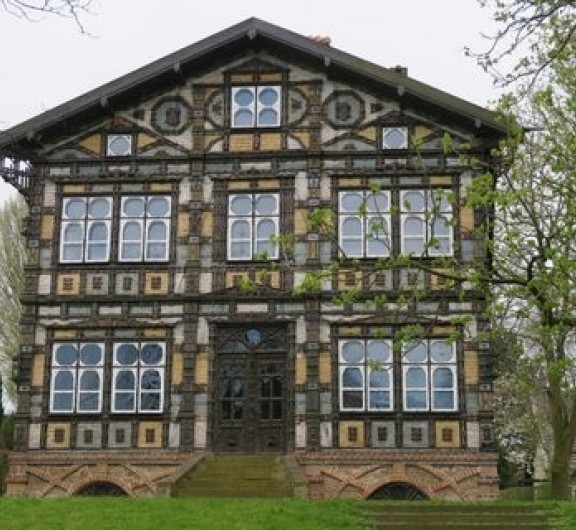
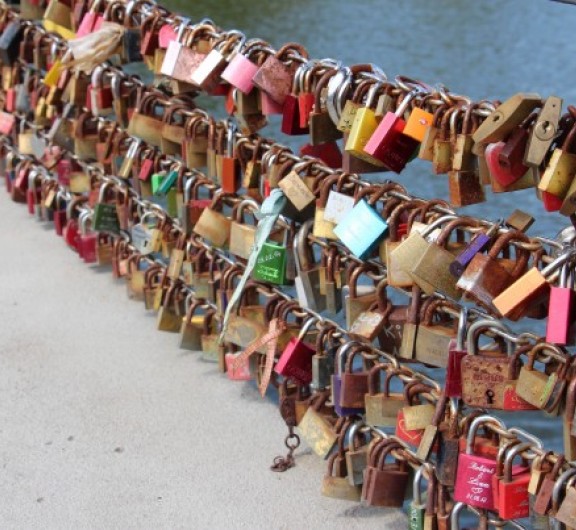
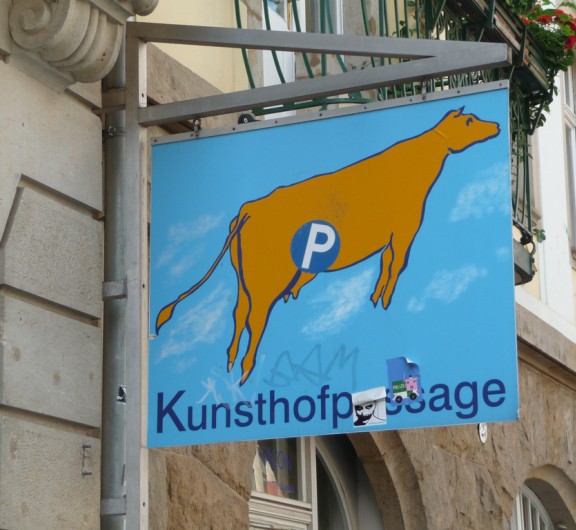
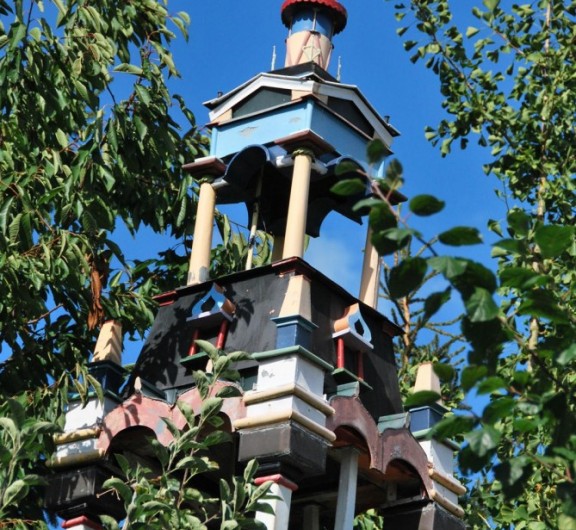
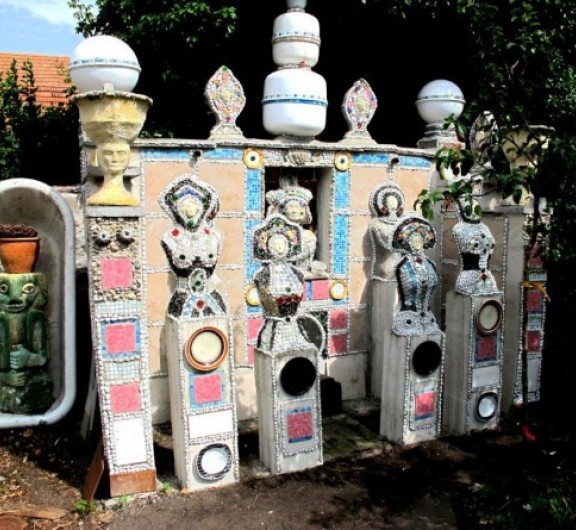


Post your comment
Comments
Prof. Dr. Andreas Spengler June 8, 2020
Thank you for your report. One small error has crept in: Due to mistranslation, you insinuated that Klingebiel had killed his stepson. My research on original police documents from 1939 substantiate: He suffocated, but not killed him. More detailed information in our : https://www.julius-klingebiel.de/ including authorised english abstract, just revised May, 2020 ! Prof. Dr. Andreas Spengler